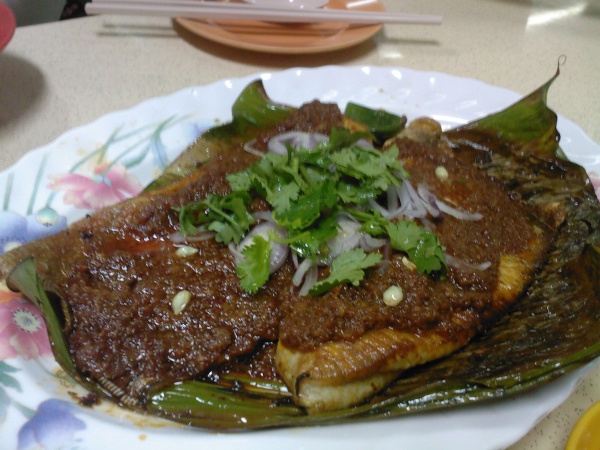Facts About Sambal stingray
Sambal stingray, also known as Spicy Banana Leaf Stingray or Ikan Bakar, is a cherished seafood dish in Malaysia and Singapore. This delectable meal features barbecued stingray generously coated with sambal paste, making it a staple in many hawker centers across both countries.
The dish boasts an intriguing history. Stingray was once considered a cheap and unpopular fish. However, its culinary transformation with sambal paste has significantly enhanced its popularity and market value. Originating in Malaysia, sambal stingray has also won the hearts of many in Singapore. In Malay, "Ikan Bakar" means "barbecued fish" aptly describing this savory delight.
The highlight of the dish, the sambal paste, is a flavorful blend of spices, candlenuts (often referred to as Indian walnuts), and shallots. Sometimes, it even includes belachan (fermented shrimp paste) for an extra kick. Other ingredients that might be added include garlic, sugar, Chinese parsley, raw peanuts, white pepper, salt, brandy, and olive oil. To enhance the flavors, the dish is typically served with a squeeze of lime or lemon. Fresh stingray fins, especially those from female stingrays, are preferred for the best taste.
To prepare sambal stingray, the fins are chopped into smaller pieces and generously coated with sambal paste. The fish is then wrapped in banana leaves, ginger leaves, or aluminum foil and grilled over charcoal, infusing it with a smoky aroma.
Sambal stingray is a quintessential representation of Malaysian cuisine, with a history influenced by Portuguese traders who brought their culinary techniques to Malacca and adapted them using local ingredients. This dish is a testament to the rich, diverse cultural tapestry of the region, blending flavors and traditions into a mouthwatering experience.

 Malaysia
Malaysia